Reform Movements of the Nineteenth Century Stations
Guiding Question
- How did reform movements in the early nineteenth century address the social and economic challenges of the era?
Objectives
- I can analyze the different reform movements from the nineteenth century.
- I can analyze a historical quote and match it to the reform movement it supports.
Table of Contents
- Station 1 Abolition
- Station 2 Education
- Station 3 Prison Reform
- Station 4 Religious Reform – Second Great Awakening
- Station 5 Temperance
- Station 6 Women’s Rights
Station 1 Abolition
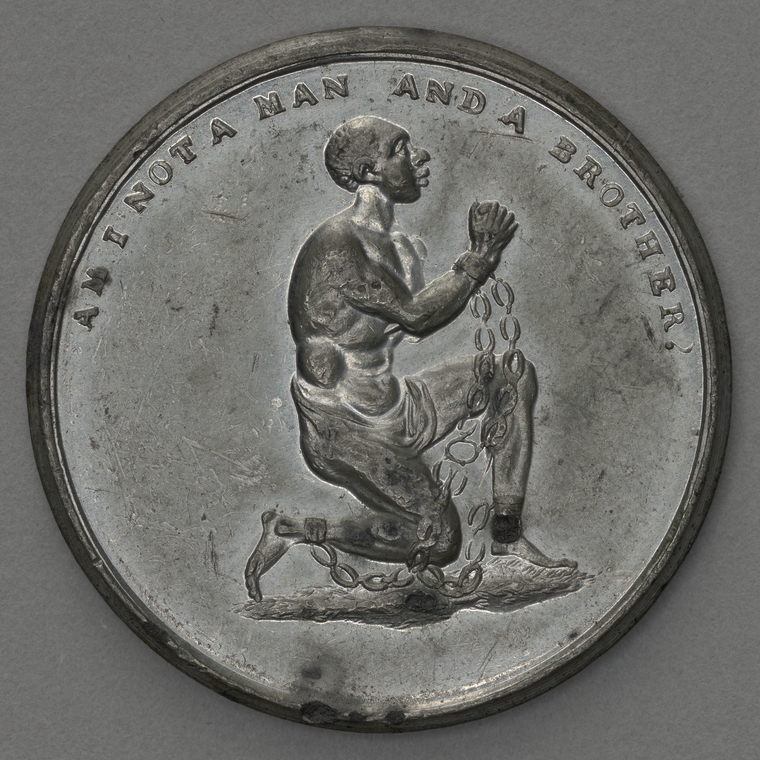 Schomburg Center for Research in Black Culture, Art and Artifacts Division, The New York Public Library. “”Am I Not a Man and a Brother” token” New York Public Library Digital Collections. Link to Original Source. |
|
Station 2 Education
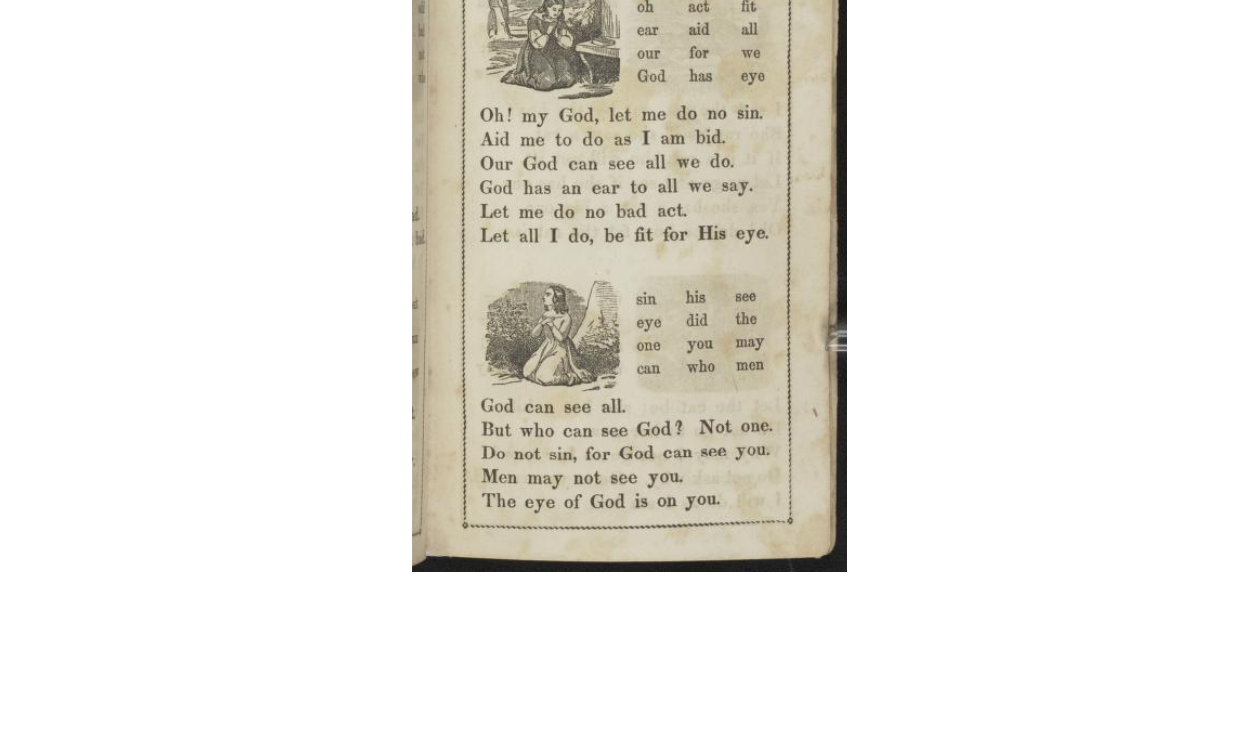
Mcguffey, William Holmes, Maude Blair, Austin Clark, Publisher W.B. Smith & Co, and Mcguffey Reader Collection. McGuffey’s newly revised eclectic primer, with pictorial illustrations. [Cincinnati: w.b. smith & co. ; new york: clark, austin, maynard & co., between 1860 and 1862, 1860] Pdf. Link to Original Source. |
|
Station 3 Prison Reform
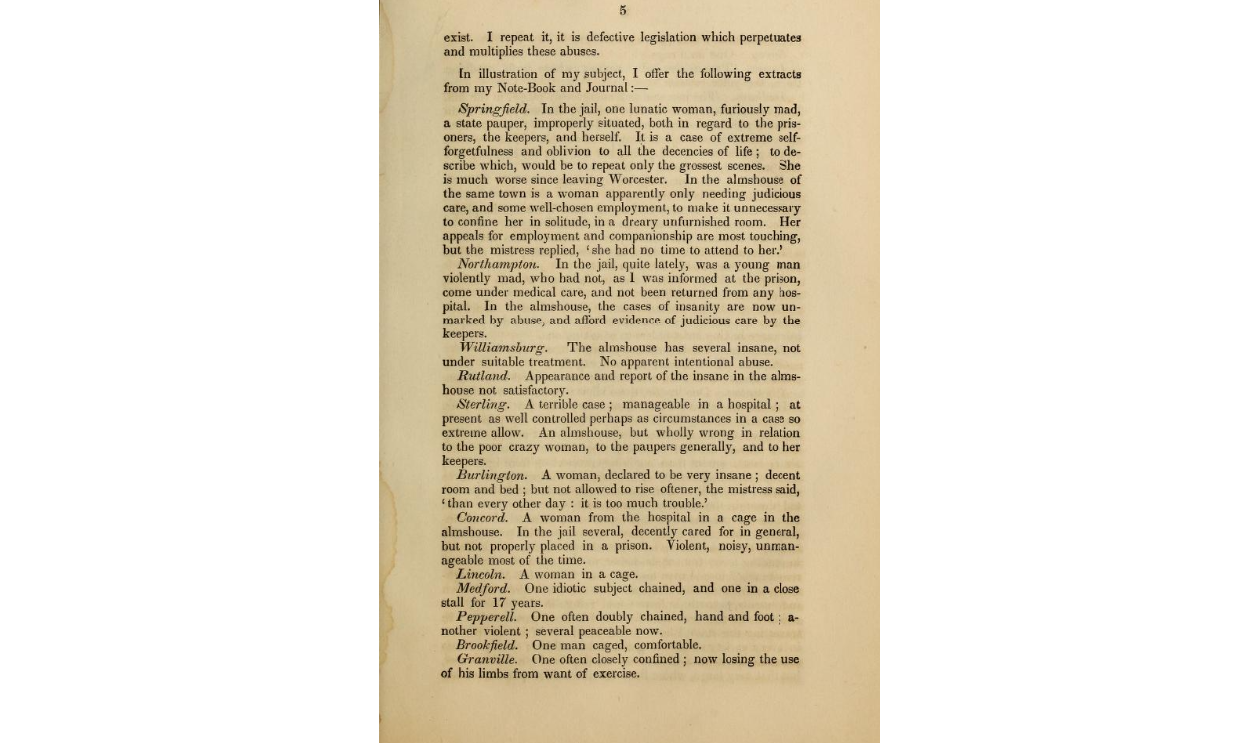
Dix, Dorothea Lynde. Memorial. To the Legislature of Massachusetts protesting against the confinement of insane persons and idiots in almshouses and prisons. [Boston, Printed by Munroe & Francis, 1843] Pdf. Link to Original Source. |
|
Station 4 Religious Reform- Second Great Awakening
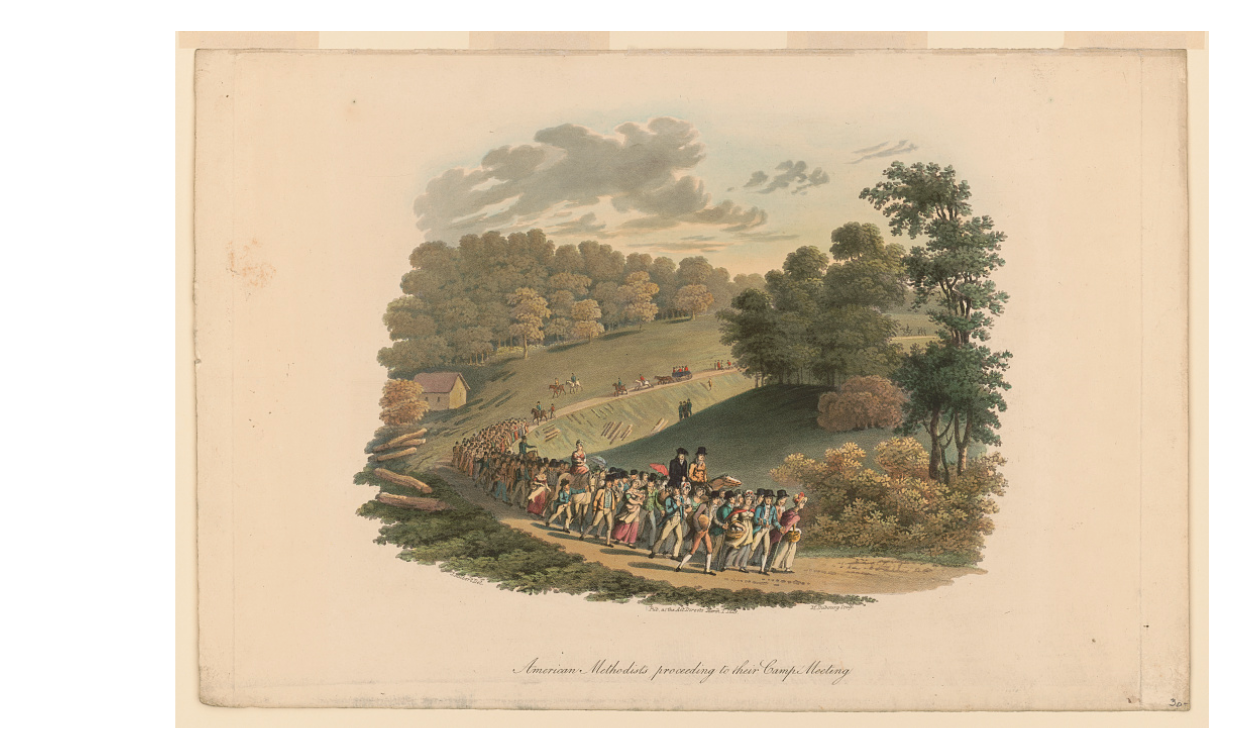
Dubourg, M., Engraver, and Jacques Gérard Milbert. American methodists proceeding to their camp meeting / J. Milbert del. M. Dubourg sculp. ca. 1819. Photograph. Link to Original Source. |
|
Station 5 Temperance
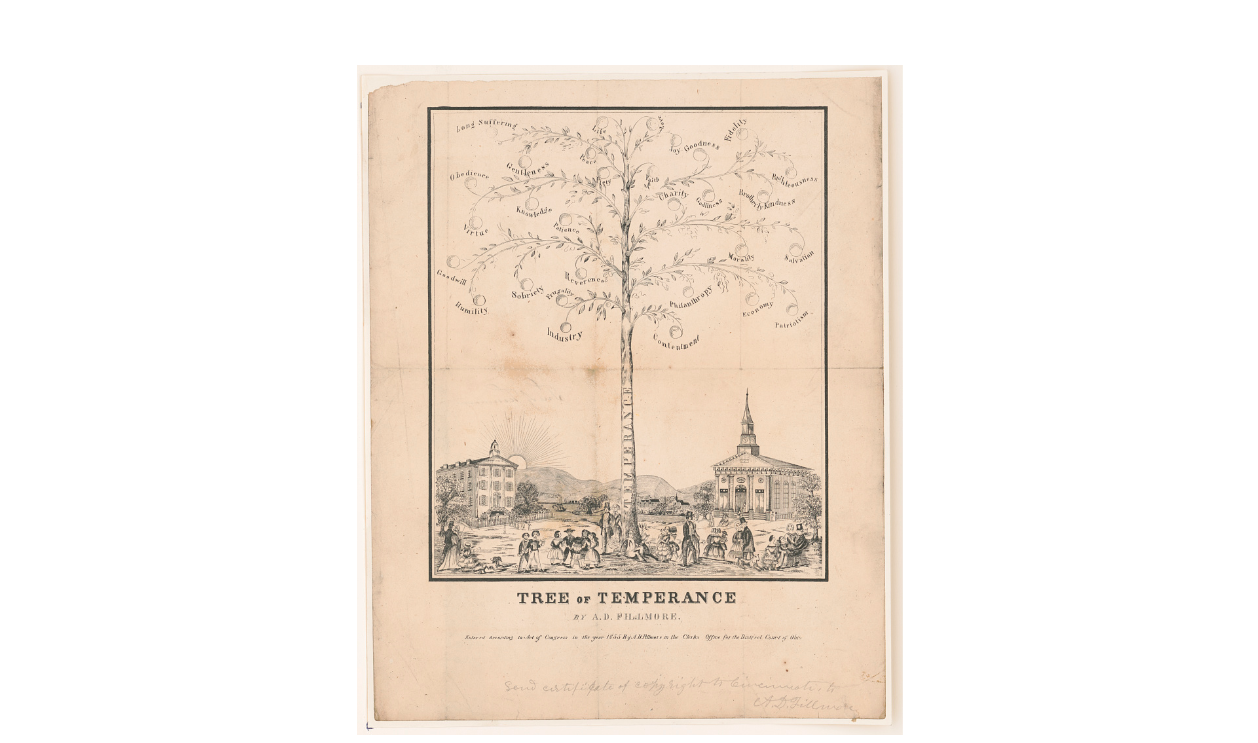
Macbrair, Archibald, Lithographer. Tree of Temperance. ca. 1855. [Cincinnati: published by A.D. Fillmore] Photograph. Link to Original Source. |
|
Station 6 Women’s Rights
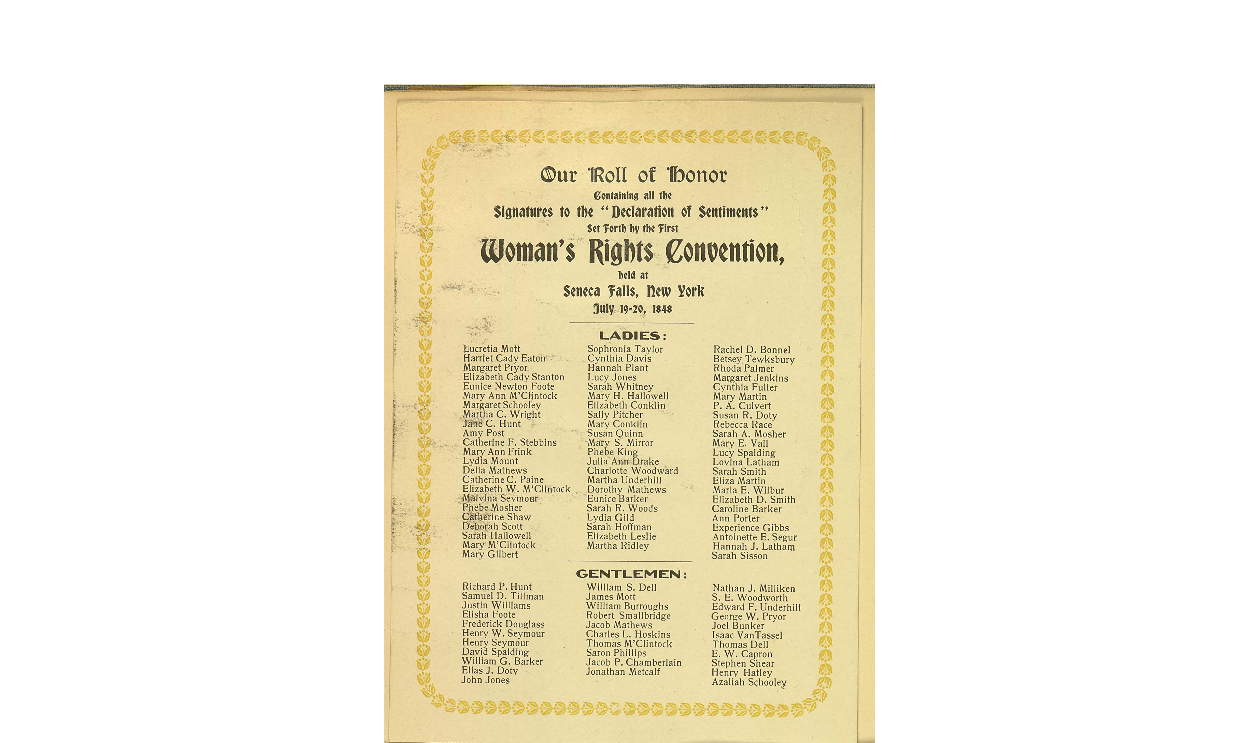
Our Roll of Honor. Listing women and men who signed the Declaration of Sentiments at first Woman’s Rights Convention, July 19-20. Seneca Falls, New York, May, 1908. Manuscript/Mixed Material. Link to Original Source. |
|